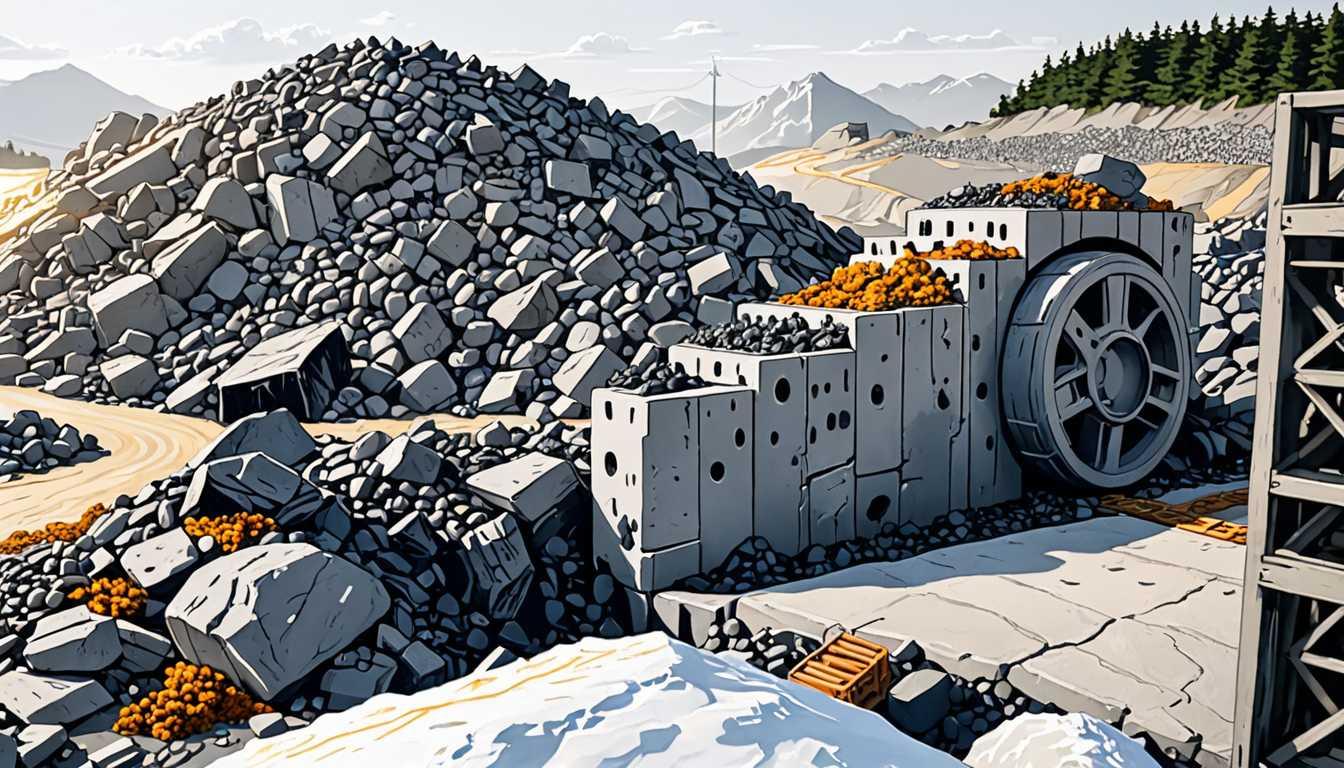Kirigami Meets Engineering: MIT's Breakthrough
August 2023
Massachusetts Institute of Technology (MIT)
Introduction
Dive into the cutting-edge world of engineering with MIT's latest marvel: ultrastrong, lightweight structures inspired by the ancient art of kirigami. Imagine materials lighter than cork yet boasting the strength of steel, all thanks to clever folding and cutting techniques. From shock-absorbing airplane parts to bendy robots, these innovations could revolutionize how we build everything. Ready to see science mimic origami on a grand scale? Check out this fascinating read from MIT!
READ FULL ARTICLEWhy It Matters
Discover how this topic shapes your world and future
Crafting the Future with Cuts and Folds
Imagine a world where the buildings, cars, and planes we use every day are not only stronger and lighter but also produced in a more environmentally friendly way. This isn't a scene from a sci-fi movie but a reality that engineers at MIT are working towards using a technique inspired by kirigami, the art of cutting and folding paper. By applying this ancient practice to modern materials, these innovators have created ultrastrong, lightweight structures that could revolutionize how we build the future. For you, this means the skateboard, phone, or even the school bus you use could be made with this technology, making them lighter, stronger, and possibly even cooler to look at. This breakthrough isn't just about making stuff; it's about reimagining how we create and interact with the world around us, opening up a universe of possibilities for you to explore and innovate.
Speak like a Scholar
Architected materials
These are materials designed with specific structures at a microscopic or macroscopic level to enhance certain properties, such as strength or flexibility.
Cellular solids
Materials made up of interconnected cells or cavities, like a sponge or honeycomb, which can be incredibly strong yet lightweight.
Kirigami
A traditional Japanese art form that involves both cutting and folding paper to create intricate 3D structures.
Plate lattices
3D structures made from intersecting plates rather than beams, offering superior strength and stiffness for their weight.
Flexural modulus
A measure of a material's stiffness when it is bent, indicating how much it resists bending under load.
Compression strength
This indicates how much load a material can withstand before it gets crushed or deformed.
Independent Research Ideas
Exploring the environmental impact of kirigami-inspired manufacturing
Investigate how using kirigami techniques in manufacturing could reduce waste and energy consumption compared to traditional methods.
Kirigami and biomimicry in architecture
Study how the principles of kirigami, combined with inspiration from nature, could lead to innovative and sustainable architectural designs.
The future of transportation
Examine how kirigami-inspired materials could be used to create lighter, more fuel-efficient vehicles and aircraft, potentially revolutionizing the transportation industry.
Wearable technology and kirigami
Explore the potential for using kirigami techniques to create flexible, durable materials for wearable technology, enhancing both comfort and functionality.
Kirigami in space exploration
Research how the unique properties of kirigami-inspired structures could benefit the design and construction of spacecraft and habitats for future space missions, focusing on lightweight and strength aspects.
Related Articles

Lasers: The Future of Metalwork
October 2023
University of Cambridge

Kirigami: Morphing Magic Unleashed
June 2023
Massachusetts Institute of Technology (MIT)

FibeRobo: The Future of Fashion
October 2023
Massachusetts Institute of Technology (MIT)

Wall That Talks: 3D-Printed Future
July 2023
University of Cambridge

Furniture from Liquid Metal
January 2024
Massachusetts Institute of Technology (MIT)